How to Cross a Railroad Crossing
Method 1 of 3:
Driving a Car
-
 Approach with caution. There should be signs to warn you that you are nearing railroad tracks. Typically, it will be a circular sign with a black X and the letters RR. Once you get closer, you will probably see an X shaped sign that says Railroad Crossing. On the road, there will be another warning that looks similar to the circular sign. Slow your car down when approaching railroad tracks, even if there is no train in sight.[2]
Approach with caution. There should be signs to warn you that you are nearing railroad tracks. Typically, it will be a circular sign with a black X and the letters RR. Once you get closer, you will probably see an X shaped sign that says Railroad Crossing. On the road, there will be another warning that looks similar to the circular sign. Slow your car down when approaching railroad tracks, even if there is no train in sight.[2]- Look for signs designating the speed limit. You should not be going faster than 20mph.
- If there are no signs, you should be able to see the actual tracks ahead of you. Still approach slowly even if the gate is not down.
-
 Look for signs of an approaching train. There are several ways to know if the train is approaching. First, the gate may be down, and you might see the train passing by. If the train has not yet made it to the crossing, you will see flashing red lights signaling its approach. A person might be signaling the train's approach, but that will not always be the case. You will also hear the train's horn or bell before actually seeing the train. Look both ways down the track for an approaching train.
Look for signs of an approaching train. There are several ways to know if the train is approaching. First, the gate may be down, and you might see the train passing by. If the train has not yet made it to the crossing, you will see flashing red lights signaling its approach. A person might be signaling the train's approach, but that will not always be the case. You will also hear the train's horn or bell before actually seeing the train. Look both ways down the track for an approaching train.- You can slowly continue driving across the railroad tracks if you have checked and made absolutely sure that there is no train coming.
- Do not at any time stop in the middle of the tracks, even if a train is not approaching.
- Roll your windows down to listen for the train's horn or bell. If music is playing in your car, pause it while listening for signs of an approaching train.
-
 Stop your car if a train is approaching. If there are signs of an approaching train, you should stop your car even if the crossing gate has not yet gone down. Laws vary state by state about how far away you should stop from the railroad crossing. Usually, you should stop within 50 feet, but no closer than 15 feet from the nearest rail. Use your own discretion when deciding how close or far away to stop.[3]
Stop your car if a train is approaching. If there are signs of an approaching train, you should stop your car even if the crossing gate has not yet gone down. Laws vary state by state about how far away you should stop from the railroad crossing. Usually, you should stop within 50 feet, but no closer than 15 feet from the nearest rail. Use your own discretion when deciding how close or far away to stop.[3]- If there is a stop sign, you must stop your car even if there is not a train approaching.
-
 Wait for the train to pass. The crossing gate should be down at this point, but do not cross even if the gate has not gone down. Your car should be at a complete stop at this point. Wait for the approaching train to cross the tracks you are waiting at. Continue waiting until the train is out of sight.[4]
Wait for the train to pass. The crossing gate should be down at this point, but do not cross even if the gate has not gone down. Your car should be at a complete stop at this point. Wait for the approaching train to cross the tracks you are waiting at. Continue waiting until the train is out of sight.[4] -
 Make sure the train has passed. Although the train has passed, there might be another train approaching. Wait until the lights have stopped flashing and the crossing gate has gone up. You may begin driving again at this point. Don't accelerate quickly from your stopping position. Slowly cross the tracks with caution in case something has fallen onto the tracks.
Make sure the train has passed. Although the train has passed, there might be another train approaching. Wait until the lights have stopped flashing and the crossing gate has gone up. You may begin driving again at this point. Don't accelerate quickly from your stopping position. Slowly cross the tracks with caution in case something has fallen onto the tracks.- Do not shift gears while crossing the tracks.
Method 2 of 3:
Riding a Bike
-
 Slow your bike when approaching railroad tracks. Look for signs of an approaching train. You should see signs, like a sign with an X and RR written on it. Check for flashing lights, a person signaling a train, and a horn or bell from an approaching train. Even if there are no signs of a train, slow your bike. Crossing tracks at full speed on a bike can be dangerous.[5]
Slow your bike when approaching railroad tracks. Look for signs of an approaching train. You should see signs, like a sign with an X and RR written on it. Check for flashing lights, a person signaling a train, and a horn or bell from an approaching train. Even if there are no signs of a train, slow your bike. Crossing tracks at full speed on a bike can be dangerous.[5]- Make sure you are in the appropriate spot for a bike. The laws may state that bikers stay on the road, or on a specific bike path.
-
 Wait for the train to cross. If there is a train, you should stop your bike completely and wait. Do not try to race across the track before the train approaches. Either continue sitting on your bike, or get off your bike and stand next to it while holding the handle bars. Wait until the train has passed. Make sure another train is not coming. You are able to cross the tracks when the lights have stopped flashing, and the crossing gate has been lifted.[6]
Wait for the train to cross. If there is a train, you should stop your bike completely and wait. Do not try to race across the track before the train approaches. Either continue sitting on your bike, or get off your bike and stand next to it while holding the handle bars. Wait until the train has passed. Make sure another train is not coming. You are able to cross the tracks when the lights have stopped flashing, and the crossing gate has been lifted.[6] -
 Know the risks of crossing the tracks on a bike. There are several risks you are taking when crossing railroad tracks on a bike. Knowing the risks before crossing the tracks will help prevent you from falling or becoming stuck on the tracks. The risks include falling into the gap next to the rail, falling in a gap near the tracks, and sliding on the tracks. The way you cross the tracks depends on what risks your perceive before crossing.[7]
Know the risks of crossing the tracks on a bike. There are several risks you are taking when crossing railroad tracks on a bike. Knowing the risks before crossing the tracks will help prevent you from falling or becoming stuck on the tracks. The risks include falling into the gap next to the rail, falling in a gap near the tracks, and sliding on the tracks. The way you cross the tracks depends on what risks your perceive before crossing.[7] -
 Go over the tracks at a 45 degree angle. Falling into the gap perpendicular to the rail happens because sometimes railroad crossings use coverings to make the railway smoother, but the coverings are made up of individual pieces that leave gaps. The gaps are often wider than a bike tire, which risks the bike tire falling into the gap. To avoid this, cross the tracks close to a 45 degree angle, instead of perpendicularly.
Go over the tracks at a 45 degree angle. Falling into the gap perpendicular to the rail happens because sometimes railroad crossings use coverings to make the railway smoother, but the coverings are made up of individual pieces that leave gaps. The gaps are often wider than a bike tire, which risks the bike tire falling into the gap. To avoid this, cross the tracks close to a 45 degree angle, instead of perpendicularly.- Judge what is a 45 degree angle by using the outermost tracks as your basis for the bottom line of the angle.
-
 Cross the tracks in a straight line. Sliding happens on the tracks when they are slippery and/or wet. Avoid leaning the bike on slippery tracks. Instead, cross the tracks in a straight line. Try to go as slowly as possible when crossing.
Cross the tracks in a straight line. Sliding happens on the tracks when they are slippery and/or wet. Avoid leaning the bike on slippery tracks. Instead, cross the tracks in a straight line. Try to go as slowly as possible when crossing. -
 Cross the tracks safely. Do not try to line your bike up with the tracks. If your bike tires are narrow, do a slight S weave on the tracks, between 20 and 70 degrees. It is also an option to get off of your bike and walk it across the tracks.[8]
Cross the tracks safely. Do not try to line your bike up with the tracks. If your bike tires are narrow, do a slight S weave on the tracks, between 20 and 70 degrees. It is also an option to get off of your bike and walk it across the tracks.[8]- You can 'hop' across the raised tracks on your bike if you are an experienced bike rider. Do not attempt this if you do not know how to jump with a bike. It is dangerous and could lead to a crash if you are not experienced.[9]
Method 3 of 3:
Crossing as a Pedestrian
-
 Look for a pedestrian crossing. It is illegal to cross railroad tracks at any other location besides a designated pedestrian crossing. If you are not at a pedestrian crossing, walk at a safe distance away from the tracks until you locate one. There should be a sign and/or a ramp for pedestrians to safely cross.[10]
Look for a pedestrian crossing. It is illegal to cross railroad tracks at any other location besides a designated pedestrian crossing. If you are not at a pedestrian crossing, walk at a safe distance away from the tracks until you locate one. There should be a sign and/or a ramp for pedestrians to safely cross.[10]- Crossing at an illegal location risks your safety, as well as a ticket or fine that can range from $500 or $6000.
-
 Look for an approaching train. Stop at the pedestrian crossing even if there are no signs of an approaching train. Look both ways down the track to look for a train. Signs of a train are flashing lights, a lowered crossing gate, and bells or whistles. Wait at the designated pedestrian crossing if a train is coming. If not, slowly cross with caution if you are sure it is safe.[11]
Look for an approaching train. Stop at the pedestrian crossing even if there are no signs of an approaching train. Look both ways down the track to look for a train. Signs of a train are flashing lights, a lowered crossing gate, and bells or whistles. Wait at the designated pedestrian crossing if a train is coming. If not, slowly cross with caution if you are sure it is safe.[11]- Not every pedestrian crossing will have lights or bells to warn you. If the crossing does not, look both ways down the tracks and listen for a train.
- Stand at a safe distance away from the tracks. You should stand at least 10 feet away from the tracks.
-
 Cross when it is safe. Wait for the train to completely pass. Do not cross until you are sure that another train is not following. If there is a pedestrian crossing gate, wait until it is lifted to cross. There should be no more lights flashing or bells sounding. Look both ways once more before you cross.[12]
Cross when it is safe. Wait for the train to completely pass. Do not cross until you are sure that another train is not following. If there is a pedestrian crossing gate, wait until it is lifted to cross. There should be no more lights flashing or bells sounding. Look both ways once more before you cross.[12]- Do not listen to music while at a railroad crossing. Music can inhibit your ability to hear bells and/or whistles.
- Hundreds of people die every year on railway tracks. Do not play, sit, or walk directly on the tracks. A train takes at least a mile to stop, so it may not be able to stop in time if you are on the railway tracks.
- Do not try to hop aboard the passing train. You will risk serious injury or death.
5 ★ | 1 Vote
You should read it
- How to Be Safe Around Trains
- How to Ride a Fat Bike
- It's hard to believe: This bike has the same speed as a car, more than 140km / h
- The American driver was almost caught by the train because she parked on the track as instructed by GPS
- Is it possible to play Animal Crossing: New Horizons Online for free?
- How to Size a Bike
- Kvaern electronic bicycle can run on solar energy
- Warning: There are several websites selling fake train tickets for Tet
May be interested
- 17 best Animal Crossing: New Horizons tips for Nintendo Switch
 where to find bunny day eggs, how to plant money trees and when to sell turnips on your island in new horizons, the latest installation of animal crossing.
where to find bunny day eggs, how to plant money trees and when to sell turnips on your island in new horizons, the latest installation of animal crossing. - 11 best tips to help master Animal Crossing: New Horizons on Nintendo Switch
 what to plant, who to pay and what not to do in the latest installation of animal crossing, new horizons.
what to plant, who to pay and what not to do in the latest installation of animal crossing, new horizons. - 18 best Animal Crossing: New Horizons tips for Nintendo Switch to learn today
 where to find bunny day eggs, how to find foreign fruit and when to sell turnips on your island in new horizons, the latest installation of animal crossing.
where to find bunny day eggs, how to find foreign fruit and when to sell turnips on your island in new horizons, the latest installation of animal crossing. - China inaugurated a sea-crossing bridge, setting 10 world records
 the super project of a bridge system combined with a sea-crossing tunnel located in guangdong province connecting shenzhen - zhongshan held a series of world records when inaugurated.
the super project of a bridge system combined with a sea-crossing tunnel located in guangdong province connecting shenzhen - zhongshan held a series of world records when inaugurated. - Instructions for entering the latest Ni no Kuni: Cross Worlds codes and codes
 ni no kuni: cross worlds is the latest installment in level-5's fantasy rpg series. participating in ni no kuni: cross worlds, players can choose 1 of 5 character classes, including destroyer, engineer, rogue, swordsman and witch.
ni no kuni: cross worlds is the latest installment in level-5's fantasy rpg series. participating in ni no kuni: cross worlds, players can choose 1 of 5 character classes, including destroyer, engineer, rogue, swordsman and witch. - How to use DmSave to download cross-platform videos
 dmsave tool is a cross-platform video download tool, download videos on popular websites such as downloading videos on facebook, downloading videos on youtube.
dmsave tool is a cross-platform video download tool, download videos on popular websites such as downloading videos on facebook, downloading videos on youtube. - Press cross cable for 1 Gigabit network card - EASY or DIFFICULT?
 for it people who specialize in 'practicing' senior computer networks or students of hs-sv who are eager to practice 'follow the profession' network at the 'traditional' or 'teaching centers of different types' in vietnam we present now, the topic i gave: 'how to make a cross cable for card network 1 gigabit?' clearly
for it people who specialize in 'practicing' senior computer networks or students of hs-sv who are eager to practice 'follow the profession' network at the 'traditional' or 'teaching centers of different types' in vietnam we present now, the topic i gave: 'how to make a cross cable for card network 1 gigabit?' clearly - Ni no Kuni: Cross Worlds - How to turn off auto-battle and auto-play
 ni no kuni: cross worlds is a comprehensive multiplayer role-playing game from developer level-5, with cutscenes made by studio ghibli, the renowned animation studio that has made iconic films such as my neighbor totoro and spirited away.
ni no kuni: cross worlds is a comprehensive multiplayer role-playing game from developer level-5, with cutscenes made by studio ghibli, the renowned animation studio that has made iconic films such as my neighbor totoro and spirited away. - Learn about the Cross-Site Request Forgery attack method
 cross-site request forgery (xsrf or csrf) is a method of attacking a website in which a fraudulent intruder is a legitimate and reliable user.
cross-site request forgery (xsrf or csrf) is a method of attacking a website in which a fraudulent intruder is a legitimate and reliable user. - You'll Soon Be Able to Cross-Post WhatsApp Statuses to Facebook and Instagram
 meta has announced that users can cross-post whatsapp statuses as stories on instagram and facebook.
meta has announced that users can cross-post whatsapp statuses as stories on instagram and facebook.


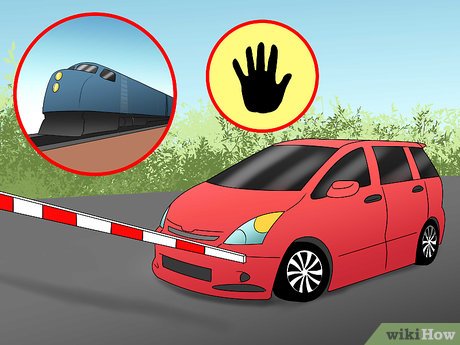
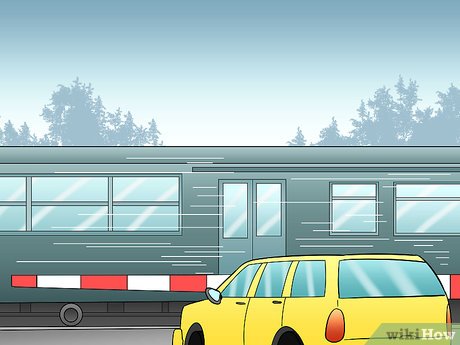
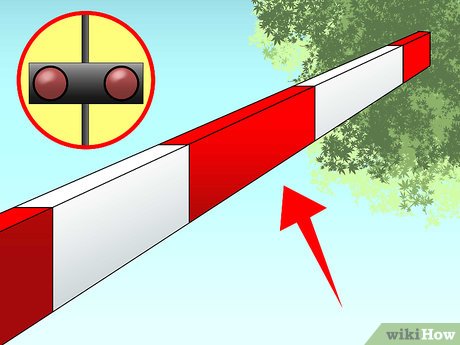
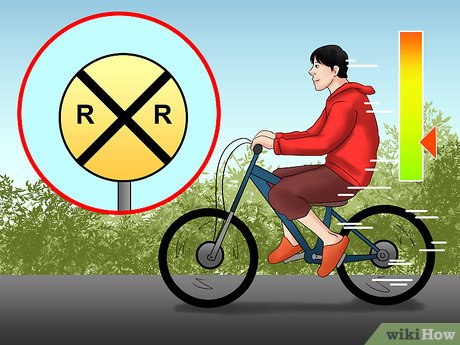
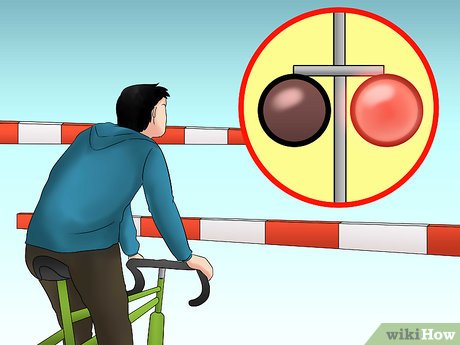
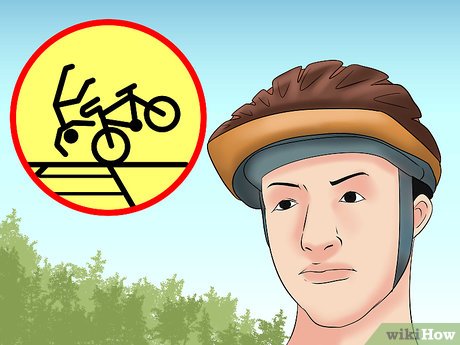
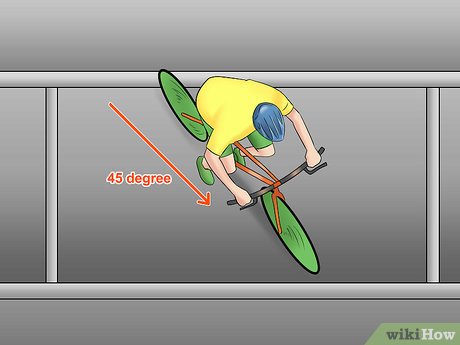
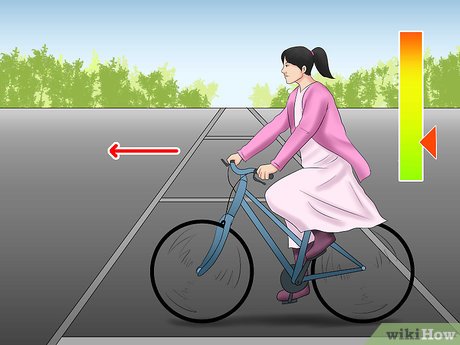
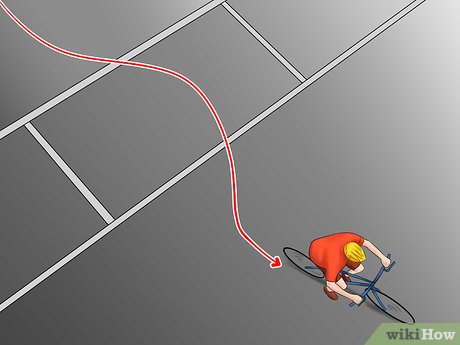
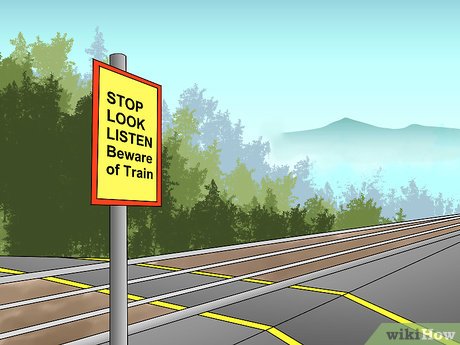
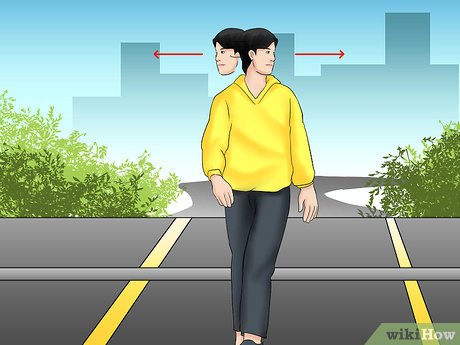
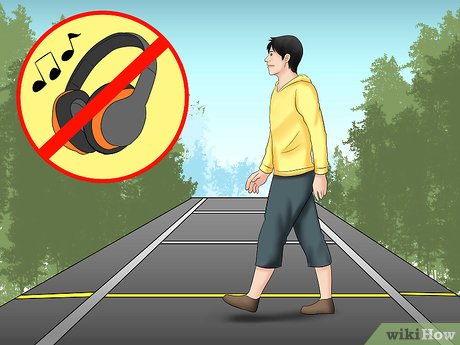










 How to Replace Bearings on a Trailer
How to Replace Bearings on a Trailer How to Prepare Your Car for Towing
How to Prepare Your Car for Towing How to Select a Trailer Hitch
How to Select a Trailer Hitch How to Trailer a Horse
How to Trailer a Horse How to Sell a Trailer
How to Sell a Trailer How to Save Money on Motorcycle Trailer Rentals
How to Save Money on Motorcycle Trailer Rentals